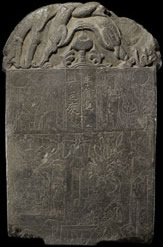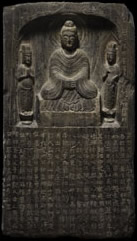 The authorities found it because looters starting digging it up hoping to score fancy funerary artifacts, but it’s not that kind of necropolis.
The authorities found it because looters starting digging it up hoping to score fancy funerary artifacts, but it’s not that kind of necropolis.
In fact, the very reason looters would find this burial ground useless is what makes it so special a find: it’s full of labourers who bear the marks of a lifetime of hard work on their bones, not the rich people one usually finds in Roman necropolises.
Not that the deceased weren’t buried with stuff for the afterlife because they were. The children’s tombs held necklaces of figurines and amber chunks (want!), bronze rings, gold earrings. They’re just not the big ticket items the antiquities trade craves.
Most of the 300 skeletons unearthed were male, and many of them showed signs of years of heavy work: joint and tendon inflammation, compressed vertebrae, hernias and spinal problems, archaeologists said. Sandy sediment helped preserve the remains well.
Judging by the condition of the skeletons, archaeologists concluded that the men likely carried loads on their backs at a nearby port during the early years of Imperial Rome, said Gabriella Gatto, a spokeswoman for the archaeology office.
Many ailments “seem to hark back to work as laborers, in transport and carrying of heavy loads, in an especially humid environment, circumstances that makes one think of the burial of individuals who worked in port areas of the city,” the office said in a statement.
One of the skeletons was of a 30-year-old man whose upper and lower jaw bones were fused together. Apparently his family cared for him for 30 years feeding him a liquid diet via a hole in his teeth.
That’s a major find. Romans were not keen on birth defects. It would have been perfectly acceptable, even expected, for the infant to have been thrown off the Tarpeian rock.




